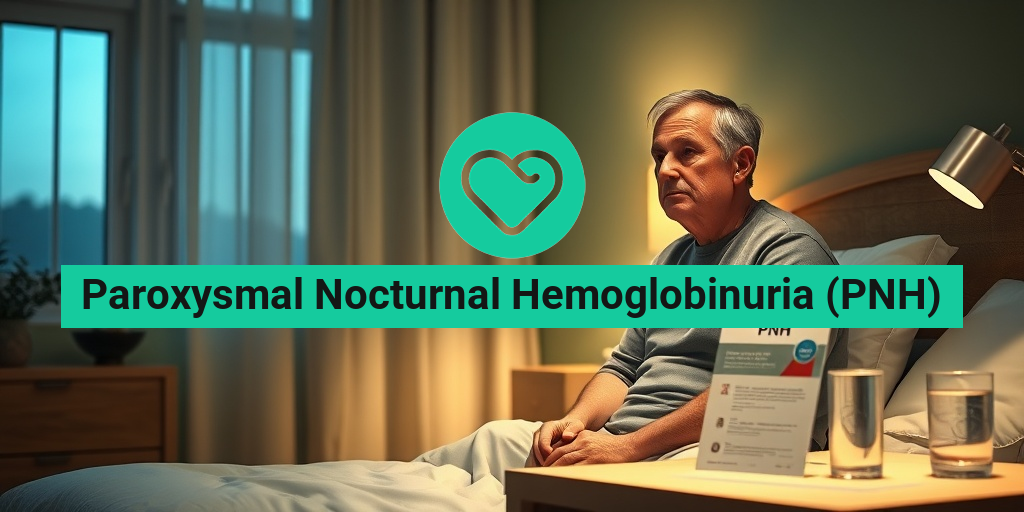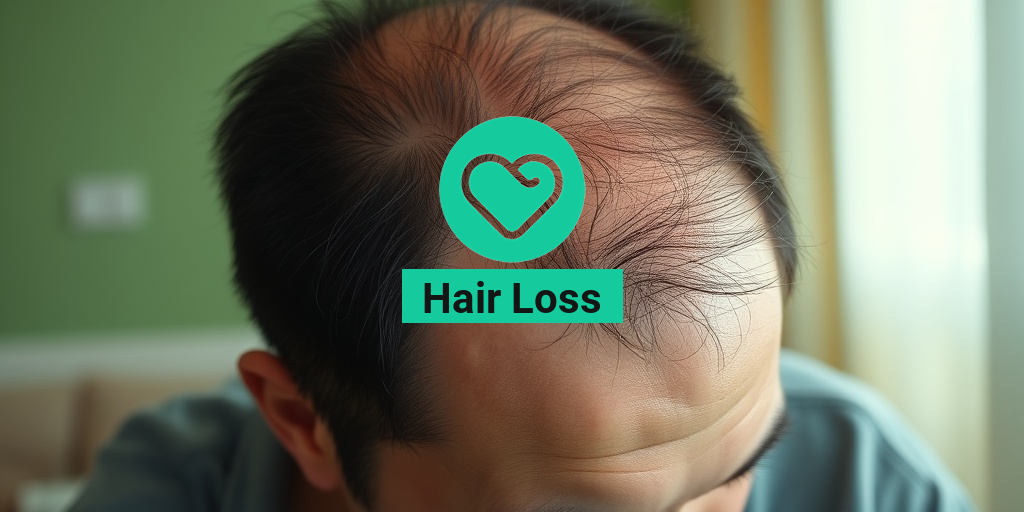What Is BPH?
Benign Prostatic Hyperplasia, commonly referred to as BPH, is a non-cancerous enlargement of the prostate gland in men. The prostate gland, a small walnut-sized gland located between the bladder and the penis, plays a crucial role in the male reproductive system. As men age, the prostate gland can become enlarged, leading to a range of uncomfortable and often debilitating symptoms.
The exact cause of BPH is still unknown, but research suggests that it may be linked to hormonal changes, aging, and genetic factors. As men approach middle age, the balance of hormones in the body begins to shift, leading to an increase in dihydrotestosterone (DHT), a potent form of testosterone. This hormonal imbalance can cause the prostate gland to grow, leading to BPH.
BPH is a common condition that affects millions of men worldwide. According to the National Institute of Diabetes and Digestive and Kidney Diseases (NIDDK), BPH affects approximately 50% of men between the ages of 51 and 60, and up to 90% of men over the age of 80.
BPH Symptoms
While BPH can be a silent condition in its early stages, it can cause a range of uncomfortable and often embarrassing symptoms as it progresses. Some common symptoms of BPH include:
- Frequent urination: The need to urinate more frequently, especially at night, can disrupt daily life and affect sleep quality.
- Weak urine stream: A weak or interrupted urine stream can make it difficult to empty the bladder completely.
- Difficulty starting to urinate: Straining to start urinating can be frustrating and uncomfortable.
- Dribbling after urination: Dribbling or leaking urine after finishing can be embarrassing and affect self-confidence.
- Painful urination: Pain or burning sensations while urinating can be a sign of BPH.
- Urinary tract infections (UTIs): BPH can increase the risk of developing UTIs, which can be painful and uncomfortable.
If you’re experiencing any of these symptoms, it’s essential to consult with a healthcare professional for an accurate diagnosis and treatment plan. In the meantime, Yesil Health AI can provide you with evidence-based health answers and resources to help you better understand BPH and its symptoms. 🤖
Stay tuned for our next article, where we’ll explore the diagnosis and treatment options for BPH. 💊

BPH Causes and Risk Factors
Benign Prostatic Hyperplasia (BPH) is a common condition that affects millions of men worldwide. While the exact cause of BPH is still unknown, research has identified several factors that contribute to its development. In this section, we’ll explore the possible causes and risk factors associated with BPH.
Aging: The Primary Risk Factor
The risk of developing BPH increases with age. As men get older, the prostate gland naturally grows, and the risk of BPH increases. According to the American Urological Association, the prevalence of BPH is:
- 50% in men between 51-60 years old
- 70% in men between 61-70 years old
- 80% in men over 80 years old
Hormonal Imbalance
Hormonal changes, particularly the increase in dihydrotestosterone (DHT), are thought to contribute to BPH. DHT is a potent form of testosterone that stimulates the growth of prostate cells, leading to an enlarged prostate.
Family History and Genetics
Having a family history of BPH increases a man’s risk of developing the condition. Research suggests that genetic factors may play a role in the development of BPH, although the exact mechanisms are not yet fully understood.
Lifestyle Factors
Certain lifestyle factors, such as:
- Obesity: Being overweight or obese may increase the risk of BPH
- Physical inactivity: A sedentary lifestyle may contribute to BPH
- Diet: A diet high in fat and low in fiber may increase the risk of BPH
may also contribute to the development of BPH. However, more research is needed to fully understand the relationship between these factors and BPH.
BPH Diagnosis
Diagnosing BPH typically involves a combination of medical history, physical examination, and diagnostic tests. Here’s an overview of the diagnostic process:
Medical History
Your doctor will ask you questions about your symptoms, medical history, and lifestyle to help identify any underlying conditions that may be contributing to your symptoms.
Physical Examination
A digital rectal examination (DRE) is usually performed to check the size and texture of the prostate gland. This examination can help identify any abnormalities, such as an enlarged prostate.
Diagnostic Tests
Several diagnostic tests may be ordered to confirm the diagnosis of BPH, including:
- Prostate-Specific Antigen (PSA) test: Measures the level of PSA in the blood, which can help identify prostate problems
- Urinalysis: Checks for signs of infection or other abnormalities in the urine
- Uroflowmetry: Measures the flow rate of urine to assess bladder function
- Transrectal ultrasound (TRUS): Uses sound waves to create images of the prostate gland
- Cystoscopy: Uses a flexible tube with a camera to visualize the inside of the bladder and urethra
These tests can help your doctor rule out other conditions that may be causing your symptoms and confirm the diagnosis of BPH. 💊

BPH Treatment Options
Benign Prostatic Hyperplasia (BPH) is a common condition affecting millions of men worldwide. While it’s not cancerous, it can cause uncomfortable symptoms like frequent urination, weak stream, and difficulty starting to urinate. Fortunately, there are various BPH treatment options available to alleviate these symptoms and improve quality of life.
Watchful Waiting
In mild cases of BPH, doctors may recommend watchful waiting, which involves regular check-ups to monitor the condition. This approach is suitable for men with mild symptoms who don’t experience significant discomfort or disruption to their daily lives.
Lifestyle Changes
Making lifestyle changes can help manage BPH symptoms. These include:
- Urinate when you feel the need: Don’t delay urination, as this can worsen symptoms.
- Limit fluids at night: Reduce fluid intake in the evening to minimize nighttime awakenings.
- Exercise regularly: Engage in physical activity to improve overall health and reduce symptoms.
- Avoid certain medications: Certain medications, such as decongestants and antihistamines, can worsen BPH symptoms.
Minimally Invasive Treatments
For men with more severe symptoms, minimally invasive treatments can provide relief. These include:
- Transurethral resection of the prostate (TURP): A surgical procedure to remove excess prostate tissue.
- Transurethral microwave thermotherapy (TUMT): A procedure that uses microwave energy to heat and shrink the prostate.
- Transurethral needle ablation (TUNA): A procedure that uses radiofrequency energy to heat and shrink the prostate.
Surgical Options
In severe cases of BPH, surgical options may be necessary. These include:
- Open prostatectomy: A surgical procedure to remove the prostate gland.
- Laser therapy: A procedure that uses laser energy to remove excess prostate tissue.
BPH Medications
In addition to lifestyle changes and medical treatments, medications can help alleviate BPH symptoms. The most common BPH medications include:
Alpha-Blockers
Alpha-blockers relax the muscles in the prostate and bladder neck, making it easier to urinate. Examples of alpha-blockers include:
- Tamsulosin (Flomax)
- Alfuzosin (Uroxatral)
- Silodosin (Rapaflo)
5-Alpha-Reductase Inhibitors
5-Alpha-reductase inhibitors slow down the growth of the prostate, reducing symptoms over time. Examples of 5-alpha-reductase inhibitors include:
- Finasteride (Proscar)
- Dutasteride (Avodart)
Combination Therapy
In some cases, a combination of alpha-blockers and 5-alpha-reductase inhibitors may be prescribed to provide optimal relief from BPH symptoms.
It’s essential to consult with a healthcare professional to determine the best BPH treatment option for your individual needs. With the right treatment, you can alleviate symptoms and improve your quality of life. 💊👍

BPH Surgery
When it comes to treating BPH (Benign Prostatic Hyperplasia), surgery is often considered a last resort. However, for some men, surgery may be the most effective way to alleviate symptoms and improve quality of life. In this section, we’ll explore the different types of BPH surgery, their benefits, and potential risks.
Types of BPH Surgery
There are several types of BPH surgery, each with its own unique approach and benefits. Some of the most common types of BPH surgery include:
- Transurethral Resection of the Prostate (TURP): This is the most common type of BPH surgery. During a TURP, a surgeon uses a special instrument to remove excess prostate tissue through the urethra.
- Transurethral Incision of the Prostate (TUIP): Similar to a TURP, a TUIP involves making small incisions in the prostate to relieve pressure on the urethra.
- Open Prostatectomy: In this type of surgery, the prostate is removed through an incision in the abdomen.
- Laser Surgery: Laser surgery uses high-energy light to vaporize excess prostate tissue.
- UroLift: This is a minimally invasive procedure that uses small implants to lift the prostate tissue and relieve pressure on the urethra.
Risks and Benefits of BPH Surgery
While BPH surgery can be effective in alleviating symptoms, it’s not without risks. Some potential risks and complications include:
- Incontinence
- Impotence
- Bleeding
- Infection
- Urinary retention
On the other hand, the benefits of BPH surgery can be significant, including:
- Improved urinary flow
- Reduced frequency of urination
- Reduced urgency
- Improved quality of life
BPH Lifestyle Changes
While surgery may be necessary for some men with BPH, there are many lifestyle changes that can help alleviate symptoms and improve quality of life. In this section, we’ll explore some of the most effective lifestyle changes for managing BPH.
Dietary Changes
What you eat can have a significant impact on your BPH symptoms. Some dietary changes that may help include:
- Eating a diet rich in fruits and vegetables 🥗
- Increasing omega-3 fatty acid intake through foods like salmon and walnuts 🐟
- Reducing consumption of dairy products and red meat 🥛
- Staying hydrated by drinking plenty of water 💧
Exercise and Physical Activity
Regular exercise can help improve urinary function and reduce BPH symptoms. Some exercises that may be beneficial include:
- Kegel exercises to strengthen the pelvic muscles 💪
- Aerobic exercise, such as walking or cycling, to improve overall health 🏃♂️
- Yoga and other relaxation techniques to reduce stress and improve urinary function 🧘♂️
Other Lifestyle Changes
In addition to dietary changes and exercise, there are several other lifestyle changes that may help alleviate BPH symptoms, including:
- Reducing stress through relaxation techniques like meditation and deep breathing 🙏
- Getting enough sleep and practicing good sleep hygiene 😴
- Quitting smoking and reducing alcohol consumption 🚭
By making these lifestyle changes, men with BPH may be able to reduce their symptoms and improve their overall quality of life. 💪

Frequently Asked Questions about BPH (Benign Prostatic Hyperplasia)
What is BPH?
BPH, or Benign Prostatic Hyperplasia, is a non-cancerous enlargement of the prostate gland in men. It is a common condition that affects many men as they age.
What are the symptoms of BPH?
Common symptoms of BPH include:
- Frequent urination
- Difficulty starting to urinate
- Weakened urine stream
- Straining to urinate
- Frequent nighttime awakenings to urinate
How is BPH diagnosed?
BPH can be diagnosed through a combination of:
- Digital rectal exam (DRE)
- Prostate-specific antigen (PSA) test
- Urinalysis
- Uroflowmetry
- Imaging tests, such as ultrasound or MRI
What are the treatment options for BPH?
Treatment options for BPH include:
- Watchful waiting
- Lifestyle changes, such as reducing fluid intake and avoiding certain medications
- Medications, such as alpha-blockers and 5-alpha-reductase inhibitors
- Minimally invasive procedures, such as transurethral resection of the prostate (TURP)
- Surgery, such as prostatectomy
Can BPH lead to other health problems?
Yes, if left untreated, BPH can lead to:
- Urinary tract infections (UTIs)
- Kidney damage
- Bladder stones
- Prostate cancer
Can BPH be prevented?
While there is no sure way to prevent BPH, maintaining a healthy lifestyle, including:
- A balanced diet
- Regular exercise
- Staying hydrated
- Avoiding certain medications
may help reduce the risk of developing BPH.
What is the relationship between BPH and testosterone?
Research suggests that there may be a link between BPH and testosterone levels. Some studies have shown that men with higher testosterone levels may be more likely to develop BPH.
Can natural supplements help with BPH?
Some natural supplements, such as saw palmetto and stinging nettle, may help alleviate BPH symptoms. However, it is essential to consult with a healthcare professional before adding any supplements to your regimen.
What is the prognosis for men with BPH?
With proper treatment and lifestyle changes, many men with BPH can manage their symptoms and improve their quality of life.




